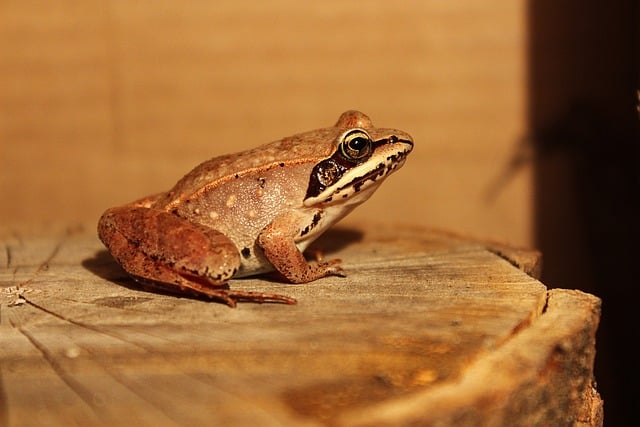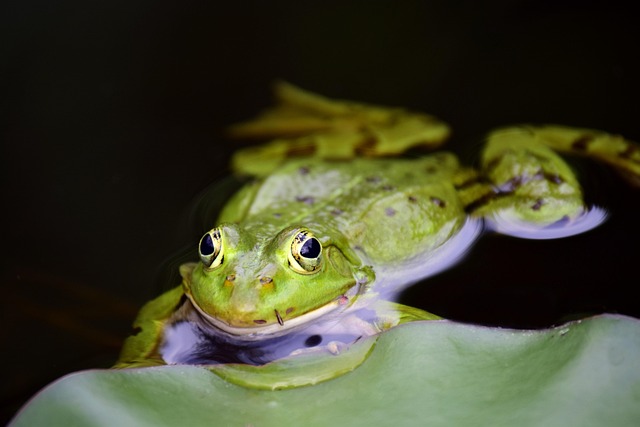
Leaping Forward: The Remarkable Progress of Amphibians in the Animal Kingdom
Leaping Forward: The Remarkable Progress of Amphibians in the Animal Kingdom
As we step into the wild and vibrant world of amphibians, it’s hard not to feel a sense of wonder and admiration for these remarkable creatures. They are the unsung heroes of our ecosystems, acting as a bridge between land and water, and showcasing nature’s incredible adaptability. This blog post celebrates the amphibians’ progress through time and highlights why they deserve our attention and protection.
The Versatility of Amphibians
Amphibians, encompassing frogs, toads, salamanders, and newts, exhibit a unique capability to thrive in diverse environments. Their biological innovations allow them to inhabit a variety of ecosystems—from lush rainforests to arid deserts. By studying the remarkable adaptations of these animals, we gain insights into evolutionary biology while also discovering how resilience can shape success in the animal kingdom.
Masters of Adaptation
The evolution of amphibians is a captivating journey. One striking aspect of their progress is their ability to undergo metamorphosis. This remarkable transformation from tadpole to adult allows amphibians to exploit different niches in their environments, increasing their chances for survival. It’s a profound demonstration of nature’s ingenuity, and it inspires us to appreciate the complex cycles of life that occur all around us.
The Role of Amphibians in Nature
Amphibians play an indispensable role in their ecosystems. As both predators and prey, they are crucial components of food webs. Their presence indicates a healthy environment; their decline often signals underlying ecological issues such as habitat loss or pollution. By understanding their role in nature, we begin to see the interconnectedness that binds all living things together. Each leap and croak of an amphibian contributes to the symphony of life, reminding us of our responsibility to protect these vital creatures.
Threats and Conservation
Despite their progress, amphibians face unprecedented threats due to climate change, habitat destruction, and diseases such as chytridiomycosis. It is essential to recognize these challenges and support conservation efforts aimed at preserving their habitats and fostering awareness about their importance in our environment. Grassroots initiatives, scientific research, and education may ultimately help turn the tide against the decline of amphibian populations.
A Call to Action
As you venture into nature, take a moment to observe the intricate dance of amphibians in their habitats. Appreciate the grace with which they leap and the vibrant colors that adorn their skins. Understanding and celebrating amphibians’ progress ensures we are more than just passive observers—we become active participants in their conservation. Let’s advocate for a world where the croaks of frogs and the soft footsteps of salamanders continue to resonate in the great symphony of nature.



